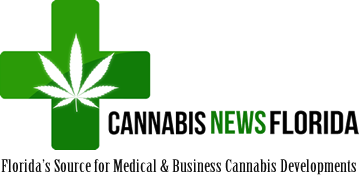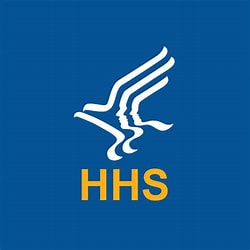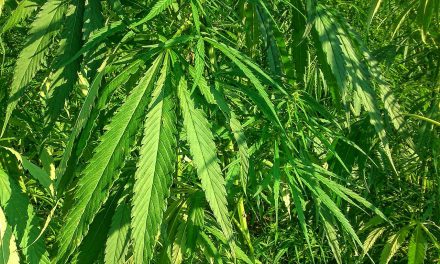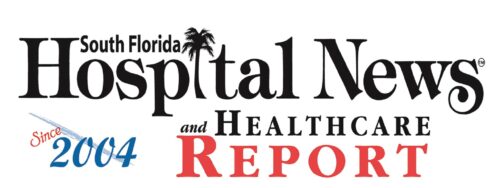Four Types of Awards for State, Tribal, and Rural Opioid Response and Technical Assistance Will Fund Spectrum of Prevention, Harm Reduction, Treatment and Recovery Supports for People in Need
On September 23 , 2022 the U.S. Department of Health and Human Services (HHS), through the Substance Abuse and Mental Health Services Administration (SAMHSA) and the Health Resources and Services Administration (HRSA), is awarding more than $1.6 billion in investments for communities throughout the country addressing the addiction and overdose crises, as a part of President Biden’s comprehensive effort to prevent overdoses and save lives. The investments made through SAMHSA’s State Opioid Response (SOR) and Tribal Opioid Response (TOR) grant programs and HRSA’s rural communities opioid response programs will help communities looking to leverage every tool at their disposal – from prevention to harm reduction to treatment and recovery supports for people in need. In President Biden’s first State of the Union, he named addressing the opioid crisis and overdose epidemic a top priority of his Administration, and earlier this year released his National Drug Control Strategy to expand access to treatment for addiction and overdose, and to disrupt drug trafficking.
The programs reflect President Biden’s priorities in the Strategy and HHS’ commitment to addressing opioid and stimulant misuse throughout the nation, including in Tribal communities. According to Centers for Disease Control and Prevention (CDC) data, more than 107,000 Americans died from drug overdoses in 2021, an increase of more than 15 percent from 2020.
“Providing access to evidence-based, person-centered care is a central part of HHS’ strategy for ending the overdose crisis,” said Secretary Becerra. “I have heard many stories of despair from individuals battling addiction and from families who have lost loved ones to overdose. Through these grants, we are investing in evidence-based supports and services for individuals, families, and communities on the road to recovery. Through these grants, we are investing in hope.”
“Every American deserves access to culturally responsive prevention, treatment, and recovery services and supports,” said Miriam E. Delphin-Rittmon, Ph.D., HHS Assistant Secretary for Mental Health and Substance Use and the leader of SAMHSA. “SAMHSA remains committed to fighting overdose and to reminding the nation that there is hope – treatment is effective and recovery is possible.”
“Today we are taking action to support the critical needs of rural and tribal communities by expanding access to opioid use disorder treatment,” said HRSA Administrator Carole Johnson. “Too often, the needs and challenges of these communities are overlooked or not well served. At HRSA, we are focused on reaching the communities that need our support the most and helping them tackle the overdose crisis.”
Today’s investments include four types of critical funding for states and communities in need:
- SAMHSA’s SOR grant program: SOR provides formula funding to states and territories for increasing access to FDA-approved medications for the treatment of Opioid Use Disorder (OUD), and for supporting prevention, harm reduction, treatment, and recovery support services for OUD and other concurrent substance use disorders (SUD). The program also supports the continuum of care for stimulant misuse and use disorders, including for cocaine and methamphetamine. SOR helps to reduce overdose deaths and to close the gap in treatment needs across America by giving states and territories flexibility in funding evidence-based practices and supports across different settings to meet local community needs.
In addition to implementing service delivery models that enable the full spectrum of treatment and recovery support services as well as prevention, education, and harm reduction services, SOR provides funds for states and territories to purchase and distribute naloxone to increase availability and accessibility of this lifesaving, overdose-reversing medication.
The SOR grant totals $1,439,500,000 to be awarded to 58 states and territories. This funding includes a set-aside for the states with the highest OUD-related mortality rates. See a list of SOR awardees.
- SAMHSA’s TOR grant program: TOR addresses the overdose crisis in Tribal communities by increasing access to FDA-approved medications for the treatment of opioid misuse, and supporting prevention, harm reduction, treatment, and recovery support services for opioid and stimulant misuse and co-occurring mental and substance use conditions.
CDC data also show that the rate of drug overdose deaths among American Indians and Alaska Natives is 75% above the national average. TOR supports the American Indian and Alaska Native Cultural Wisdom Declaration (CWD), which elevates the importance of Tribal identities, culture, spiritual beliefs, and practices for improving well-being. In recognition of ancestral cultural knowledge, wisdom, ceremony and practices of American Indian and Alaska Native Tribes, TOR recipients are encouraged to incorporate traditional approaches into their grant activities. The TOR grant totals $54,976,150 and is being awarded to 102 Tribal entities. See a list of TOR awardees.
- SOR/TOR technical assistance for education and training to states: Additionally, $16.6 million in related funding is going to the SOR/TOR Technical Assistance program, whose national network of consultants provide free educational resources and training to states, communities, and individuals in prevention, harm reduction, treatment, and recovery services for OUDs and SUDs. Another $6.5 million is going to Rural Opioid Technical Assistance Regional Centers, which develop and disseminate training and technical assistance for rural communities on addressing opioid issues affecting these communities.
- HRSA’s Rural Communities Opioid Response Program: HHS is investing directly in the nation’s rural communities. HHS’ HRSA has announced investments of more than $104 million to expand treatment and prevention services for substance use, included medications for OUD, in rural communities nationwide as part of its Rural Communities Opioid Response Program, a multi-year initiative aimed at reducing the morbidity and mortality of rural Americans from substance use disorder.
HRSA’s announcement highlights funding through the following three programs:
- The Rural Communities Opioid Response Program – Medication Assisted Treatment Access awarded over $10 million to establish new medication assisted treatment access points for substance use disorder, including OUD, in rural communities. The program will reduce barriers to evidence-based treatment in underserved rural areas.
- The Rural Communities Opioid Response Program – Implementation awarded $65 million to strengthen and expand OUD prevention, treatment, and recovery services in rural communities through workforce development and training, behavioral health care integration, and support services.
- The Rural Communities Opioid Response Program – Behavioral Health Care Support awarded $29 million to improve the quality and sustainability of behavioral health care services in rural communities, including through evidence-based, trauma-informed treatment for substance use. The program works to improve rural residents’ access to quality, integrated behavioral health care services.
The grant awards being announced today represent the latest example of the HHS Overdose Prevention Strategy in action, investing in the nation’s communities to strengthen treatment services and recovery supports and to save lives.
Americans seeking treatment for mental health or substance use issues should call SAMHSA’s National Helpline at 800-662-HELP (4357) or visit findtreatment.samhsa.gov.










